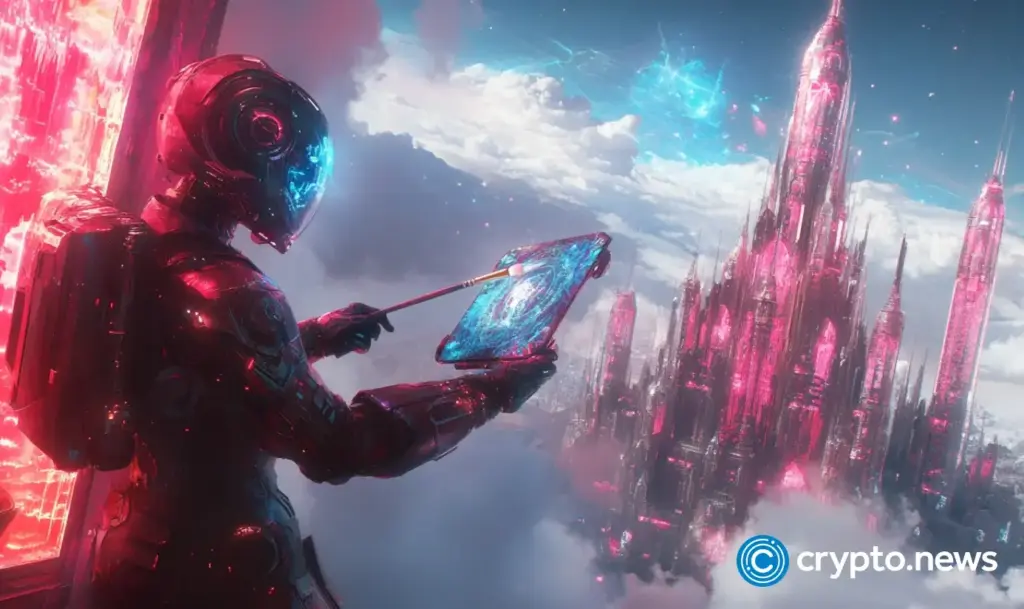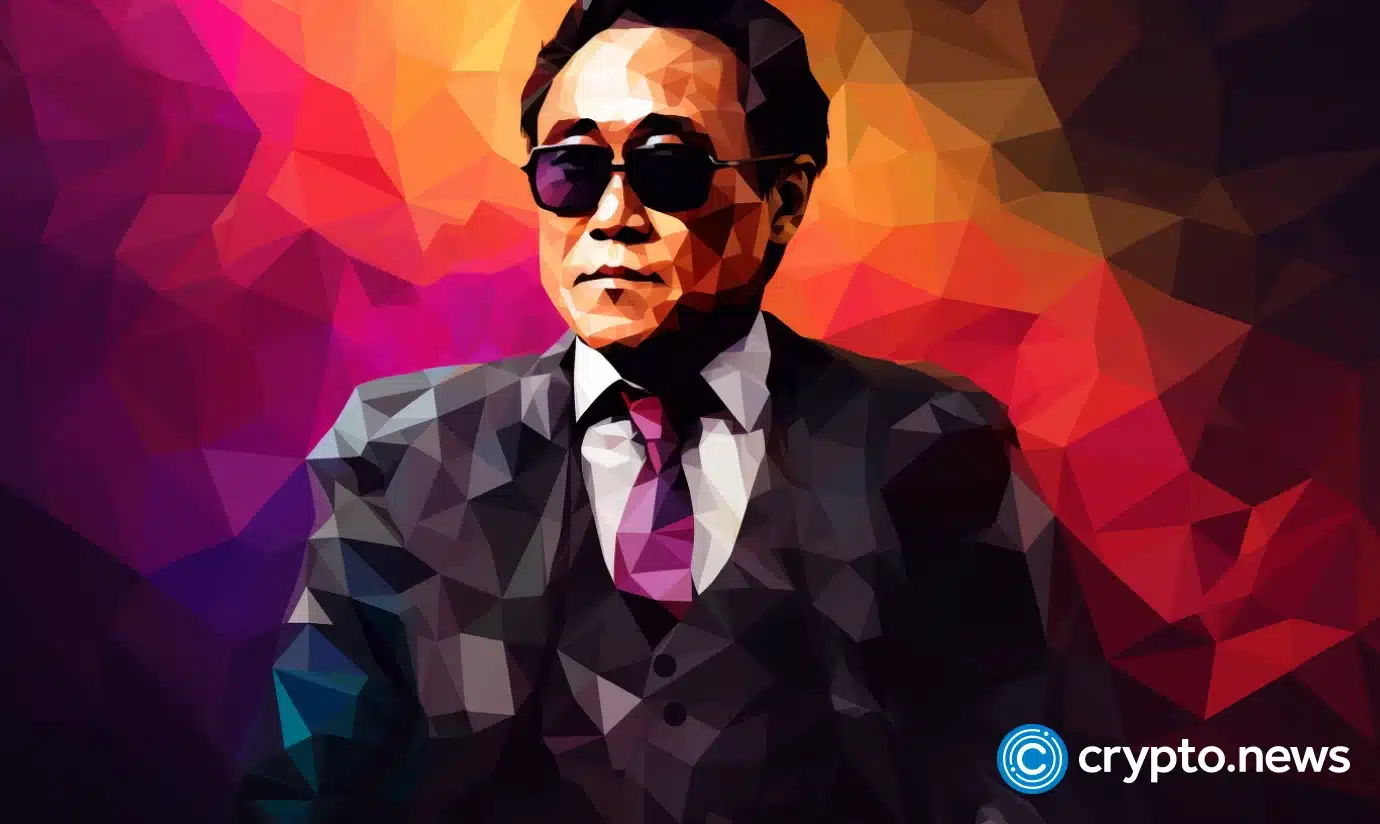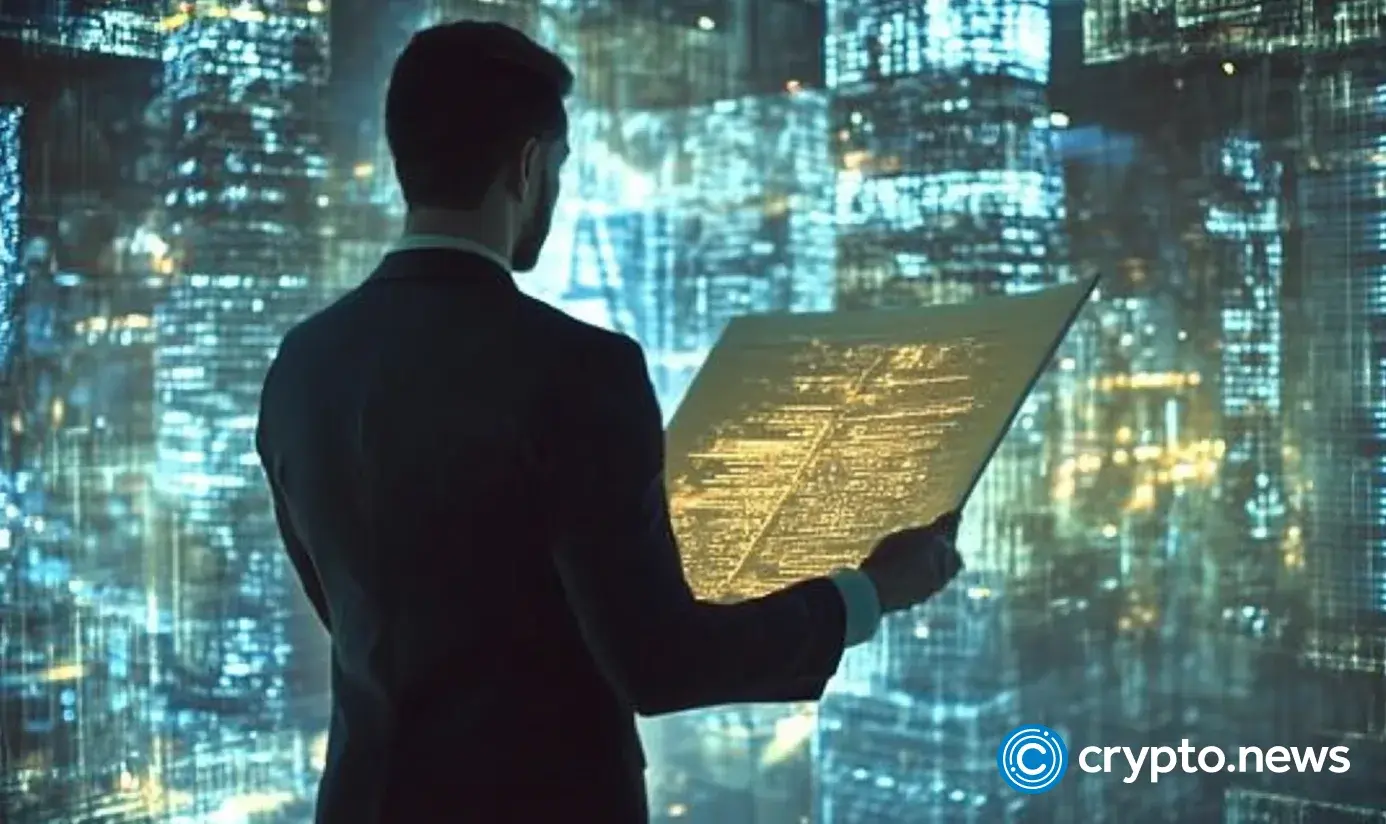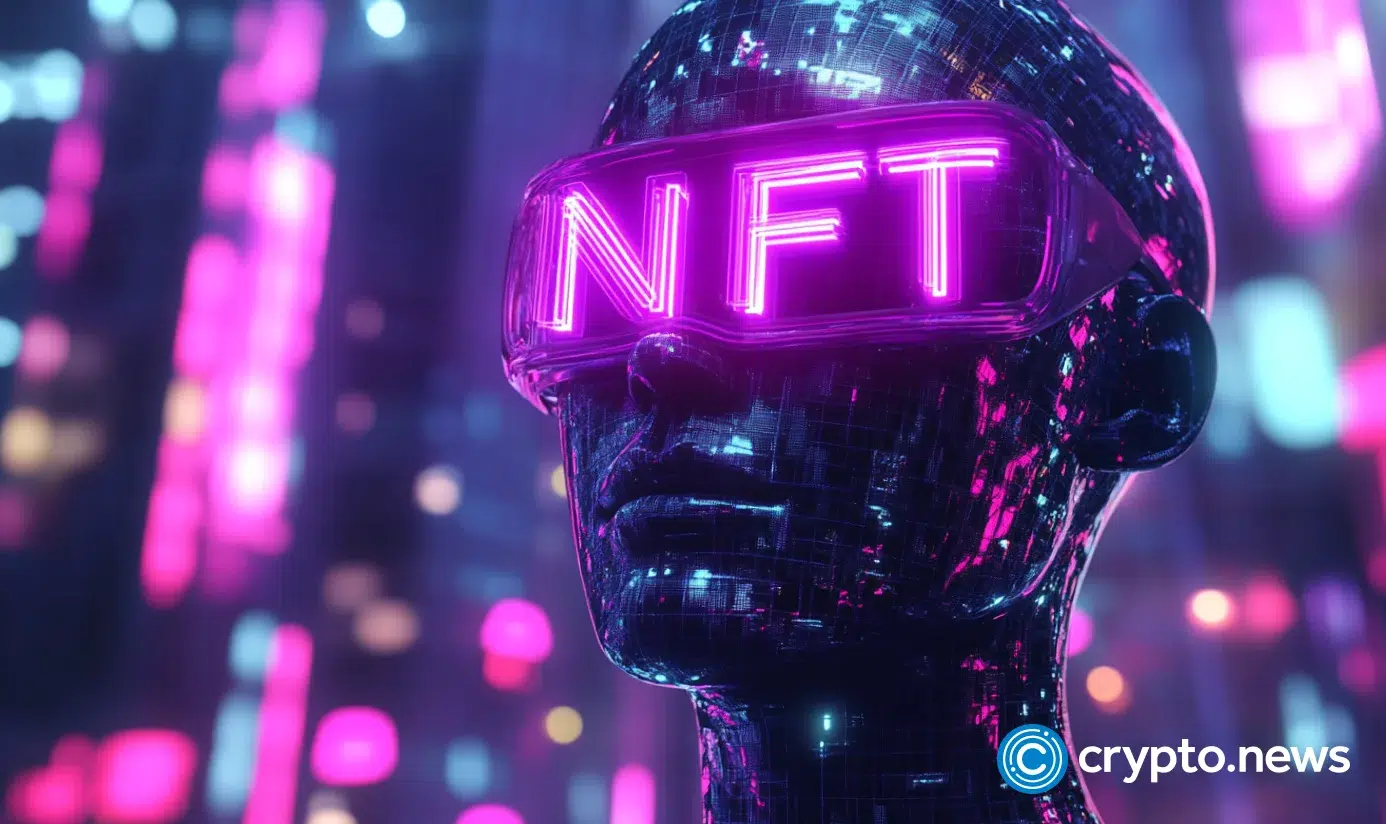Disclosure: The views and opinions expressed here belong solely to the author and do not represent the views and opinions of crypto.news’ editorial.
Our timelines were just filled with a bunch of pastel Miyazaki’s ghosts. Studio Ghibli-style AI generations have become the internet’s new favorite aesthetic. PFPs and marketing campaigns were reborn overnight in the watercolor warmth of Spirited Away. Selfies rendered as soot sprites.
The results are charming yet deeply unsettling. Why? Because Hayao Miyazaki didn’t draw them––and no one asked permission. This isn’t just a copyright problem. It’s an authenticity problem where there is a growing inability to see, trace, or understand the origins of the content that shapes our culture.
In the chaos of AI-generated images and memecoins, we’re watching creativity get flattened, authorship obscured, and ownership erased. If that feels like a plague, it’s because it is.
The unfettered mess unleashed by generative AI has caused a powerful use case for blockchain to emerge: proof of provenance and onchain verifiability for agentic creation. By anchoring content to public, immutable ledgers, blockchain enables creators to prove authorship, timestamp originality, license works programmatically, and track derivatives across the network—without relying on centralized gatekeepers.
With the tools of blockchain, creators can participate in fairer, more transparent ecosystems that reward origin and empower open-source and composable content systems.
The collapse of creative clarity
Studio Ghibli has not been the only target. In late 2024, Philip Banks created Chill Guy, a laid-back dog meme that exploded into a half-billion-dollar meme token on Solana. But Banks never gave permission. His accounts were hacked. A false licensing deal was forged. When the truth surfaced, the token crashed 45% in 30 minutes.
Now imagine that story playing out across every medium, on a global scale. That’s exactly what’s happening with OpenAI’s recent co-option of Studio Ghibli’s IP. Now, AI’s tools can mimic any voice, style, or aesthetic—trained on unlicensed data scraped from the internet and any medium it can consume.
Amazon is replacing voice actors with AI. Manga localization is being outsourced to machines. Lawsuits from The New York Times, Getty, and independent artists are piling up. A major problem is that enforcement can’t keep pace with reproduction. The systems we rely on to manage content—from cloud drives to social platforms—cannot tell you where something came from.
They fail at proving provenance and, in turn, fail the creators whose livelihoods depend on IP rights. We’re building the next generation of digital culture on a foundation of guesses, not guarantees.
Creative authenticity requires new blockchain infrastructure
We don’t need more IP lawsuits. We need new rails. Authenticity, or even lucidity—the ability to see clearly and act truthfully—is not just a philosophical idea. In a generative world, it’s a technical requirement. If we want to preserve creative integrity in the age of AI, we need infrastructure that makes origin, attribution, and authorship cryptographically native to every digital asset.
Using content-addressable storage and Merkle tree structures, creators can hash their work and register it to a public chain. This hash becomes a permanent fingerprint of the original content. Smart contracts can define licensing conditions, automate royalties, and even govern remix rights.
Each derivative, usage event, or ownership change is logged immutably—creating a verifiable timeline of creation, modification, and transaction. This doesn’t just protect artists. It improves the machines, too. With blockchain, creators can cryptographically register their work at the moment of creation. Every change, license, or remix becomes part of a transparent, tamper-proof timeline. Smart contracts can automate royalties. Attribution becomes verifiable. And usage becomes traceable—whether that’s a social post, a dataset, or an AI-generated derivative.
This isn’t just hype. It’s a structural shift from guesswork to guarantees, from hearsay to hashes.
Without it, artists will keep getting erased. Investors will keep getting rugged. And trust in the creative economy will continue to corrode.
Building a truthful internet
Freedom of communication and property rights are foundational principles in the canon of Western philosophy. We know that open communication channels and the rule of law to protect private property are the frameworks for building a free society.
However, today, our creative systems are plagued with black-box models, closed-source platforms, and training systems on data without audit trails. We have mistaken this flood of content for an abundance of creativity when, in fact, it’s a hollow kind of plenty—one that undermines the creative people it imitates.
If we want a future where new Miyazakis, Picassos, and myriad creators are possible––where artists can take risks without getting scraped into the next proprietary model––we must build systems that protect them by design.
Blockchain is how we embed authorship into content, how we stop laundering aesthetics, and how we let creativity thrive without erasure. This is not just about bad actors. It’s bad architecture. And the cure isn’t outrage—it’s about provenance. Authenticity isn’t a luxury anymore. It’s a blockchain.








